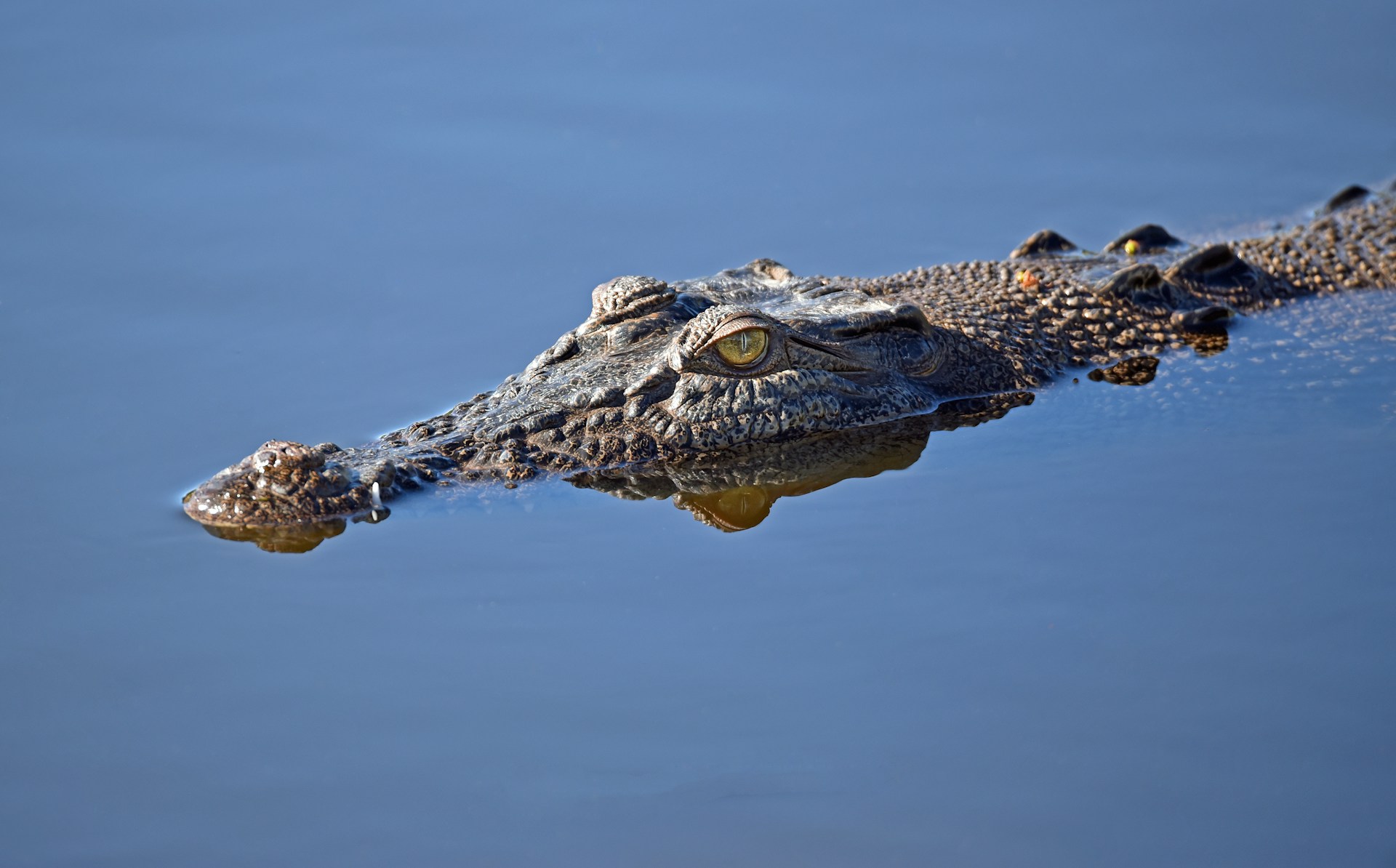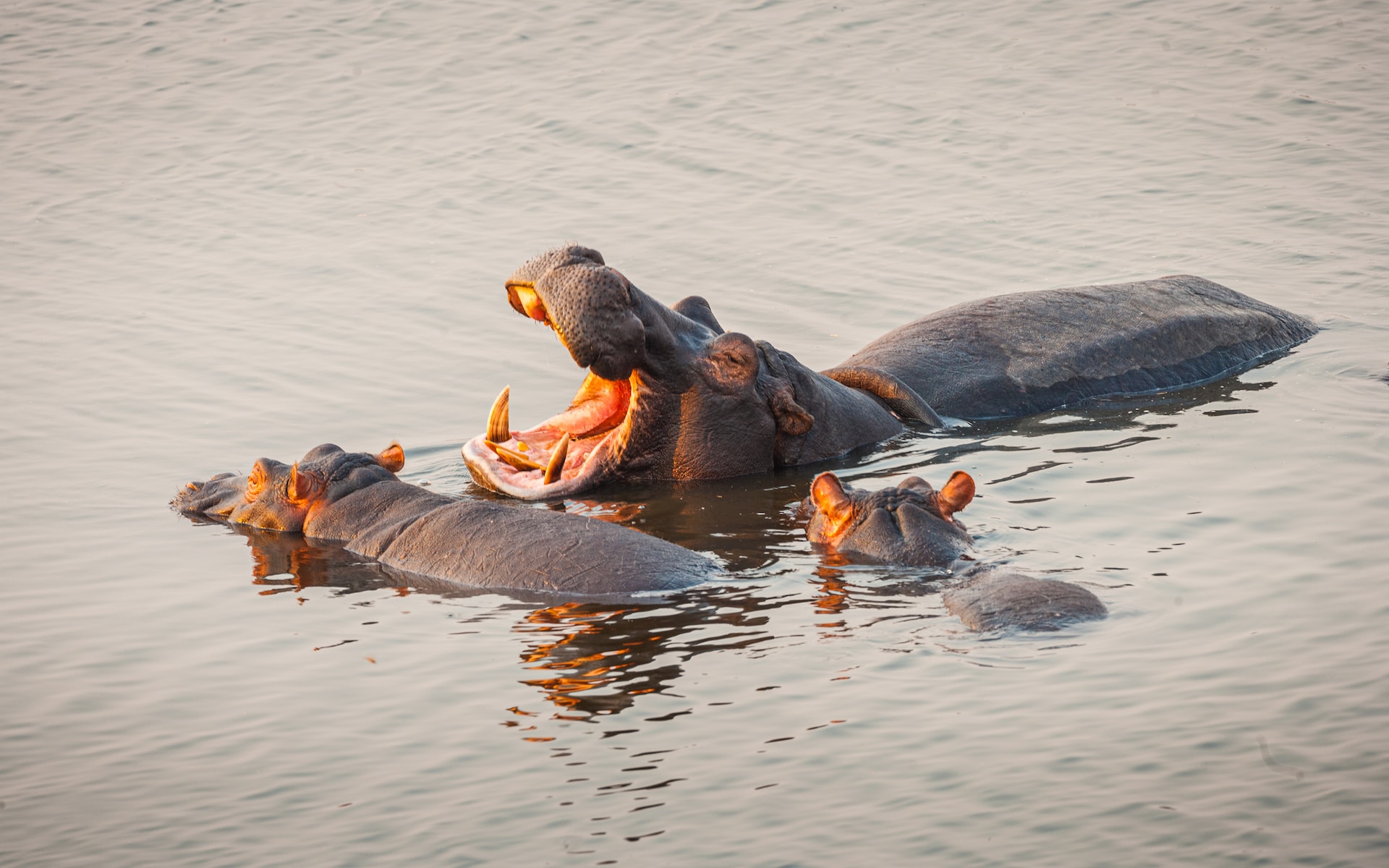Explore the Democratic Republic of Congo’s diverse wonders, from its vibrant urban life to lush rainforests teeming with primates. Encounter the thrill of an active volcano’s breathtaking lava flows, but beware of dangerous animals in DR Congo. Embark on a unique cruise along the Congo River, revealing the country’s exceptional features. Uncover an adventure like no other in this vast and intriguing destination.
Table of Contents
Why Visit the Democratic Republic of Congo?

The country boasts unique destinations, offering a plethora of exciting activities and sights to enjoy during your trip. From the world’s elusive savannahs and swamps to captivating rainforests, Congo has it all. With over ten thousand tropical plants exclusive to the region, your visit promises a rich experience. The Congo basin, home to over 700 fish species and 1000 bird species, showcases the incredible biodiversity thriving in this part of the world.
Inhabited by humans for over 50,000 years, the basin’s tranquil and pristine habitat provides a unique opportunity to witness creatures found nowhere else. However, amidst this natural beauty, it’s important to be aware of the dangerous animals that inhabit DR Congo. Here are some creatures you should watch out for in Congo.
Cross-river Gorilla

The cross-river gorilla stands out as one of the most dangerous animals in DR Congo, thriving in the wild with a population of only about 300. Facing the looming threat of extinction, these gorillas have become more aggressive due to human poaching. To ensure your safety, it is crucial to stay in less-inhabited areas, maintaining a safe distance from these creatures. If confronted, seeking immediate medical attention is imperative.
Crocodile

Among the most perilous encounters during your visit to Congo are crocodiles. These creatures, commonly found in rivers, lakes, and the Congo River, pose a significant threat, causing fatalities each year. Staying informed about areas inhabited by crocodiles allows you to steer clear of potential danger. Known for their sharp teeth and powerful tails used for subduing prey, precautions are essential to make the most of your trip.
Mosquitoes

Despite their small size, mosquitoes in the humid Congo region pose a significant danger. The female anopheles mosquito, a carrier of diseases like malaria, presents a considerable risk. With over 70 million annual malaria infections, mosquitoes also transmit other infections such as chikungunya, Zika virus, and dengue fever. Carrying insect repellent is crucial, and sleeping under a mosquito net adds an extra layer of protection. Additionally, vaccination against yellow fever and other infections is essential before traveling to Congo.
Mountain Gorillas

Residing in the eastern part of Congo, mountain gorillas are an endangered species, with around a thousand remaining in the Virunga Mountains. Facing extinction due to poaching, it is crucial not to interfere with their habitat. These gorillas, residing at 8000 to 13,000 feet above sea level, have thick fur enabling survival in harsh climates. Caution is essential when exploring the Virunga Mountains to avoid provoking these aggressive creatures.
Chimpanzees

In the central part of the country, chimpanzees face dwindling populations due to poaching, climate change, and diseases. Bearing 98% DNA similarities to humans, these primates are known for their aggressiveness when feeling threatened. Ebola outbreaks further threaten their existence, emphasizing the importance of maintaining a safe distance. With robust forelimbs, chimpanzees can pose a danger if provoked, making it crucial to respect their habitat for a safer visit.
Bonobo Apes

Considered both dangerous and endangered, Bonobo apes, with a global population of around fifty thousand, are under threat due to human activities and poaching. While led by peaceful female leaders, these apes have become aggressive, posing a risk to those who cross their path. Endemic to the forests along the Congo River, it’s crucial not to provoke them, allowing them to live undisturbed. In case of an attack, seeking immediate medical attention is essential.
Forest Elephants

Encountering forest elephants in the Democratic Republic of Congo can be awe-inspiring yet risky. As a subspecies of African elephants, these colossal creatures, thriving in dense Congo forests, are territorial and can be dangerous. With tusks used for attacks, growing up to 7 feet tall and weighing over ten tons, they are formidable. Maintaining a safe distance is vital, considering their speed of 30 miles per hour, despite their enormous size.
Hippopotamus

The hippos in Congo, among the planet’s largest creatures, are herbivores commonly found in swampy areas, along rivers, and lakes. Growing up to a meter and a half tall and weighing up to two tons, they exhibit aggression, especially at night. With territorial instincts and the ability to run at speeds exceeding 30 miles per hour, caution is necessary, and visitors should avoid areas inhabited by these massive creatures.
Puff Adder

The puff adder, a deadly snake in Congo’s dense forests, poses a significant threat. Responsible for approximately 32,000 annual deaths, this snake is highly venomous, with a meter-long, solidly built body. Camouflaging in their habitats, these snakes require careful observation. A single bite can be fatal, leading to symptoms such as loss of eyesight, breathing difficulties, and rapid heart attacks.
Lions

Thriving in the Congo Forest, lions pose a substantial threat, causing fatalities each year. With keen senses of smell and vision, sharp teeth, and claws, they are formidable predators. Travelers should exercise caution, as these fast runners and swimmers can pose a danger if encountered. Keeping a watchful eye on lion territories is crucial to ensuring safety.
In conclusion, exploring DR Congo offers an encounter with diverse yet potentially dangerous animals. Always prioritize safety and exercise caution when traversing the region to appreciate its natural wonders responsibly.
______________
Let’s learn more about the dangerous animals in other African countries:


